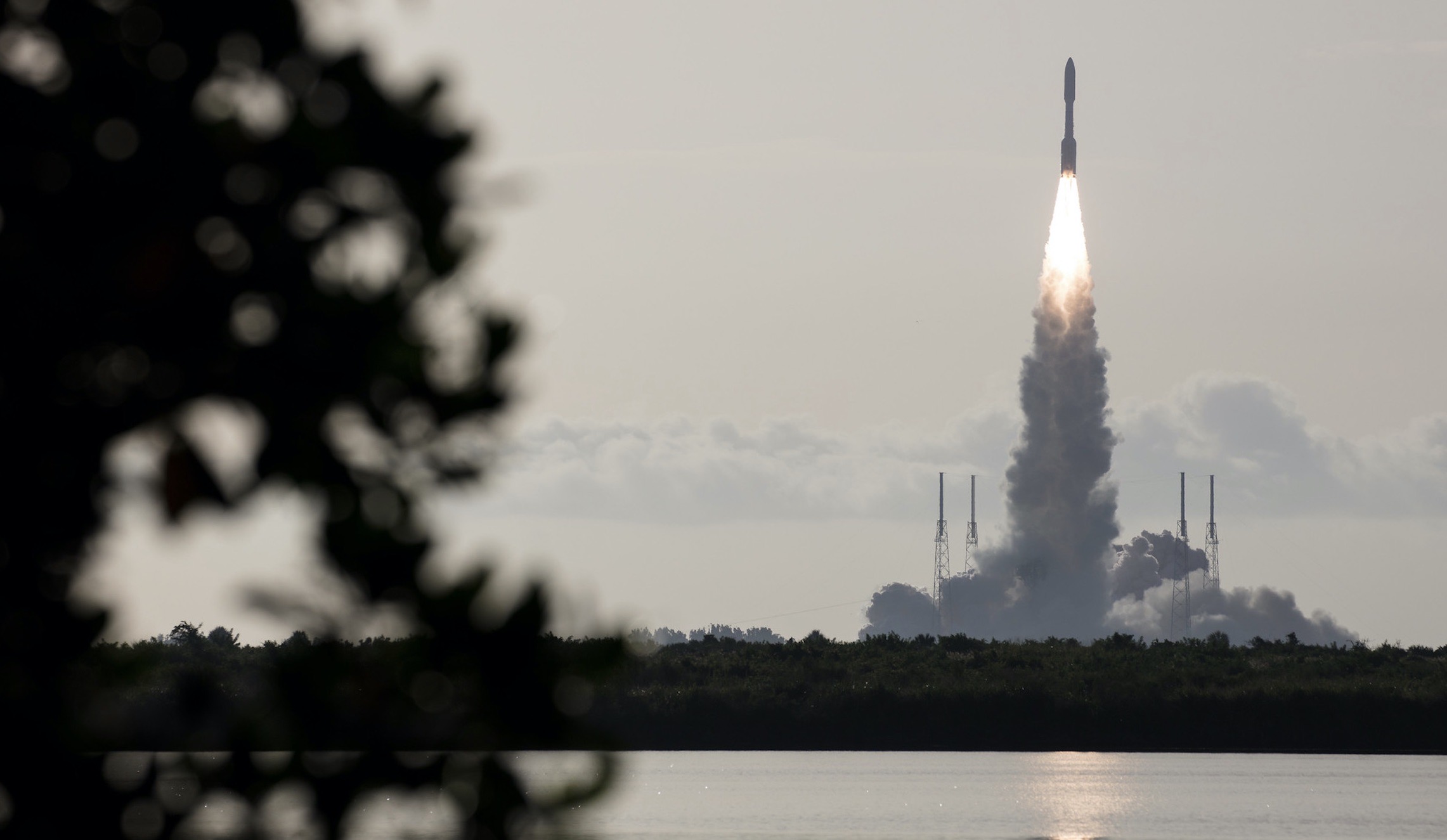 Intelligent Design
Intelligent Design
Whatever the Cause, We Are No Accident

Editor’s note: We have been pleased to present a series adapted from biologist Michael Denton’s book, Fire-Maker: How Humans Were Designed to Harness Fire and Transform Our Planet, from Discovery Institute Press. Find the whole series here. Dr. Denton’s forthcoming book, The Miracle of the Cell, will be published in September.
In the argument I have made in this series, pointing to the remarkable fitness of nature for fire-making, two caveats must be noted. First, the evidence that the cosmos is uniquely fit for beings of our biology and for our mastery of fire is not to argue that the fitness is specifically for our particular species on our particular planet (the third rock from the Sun). There may be billions of Earth-like planets in the cosmos, although the search to date by Kepler has not yielded a single planet closely resembling the Earth.1 Second, the unique fitness of nature for life on Earth is a scientific fact, whatever its ultimate causation finally proves to be. The unique fitness of nature for carbon-based life and intelligent beings of our biology is an empirical discovery, no matter how many cogent arguments a skeptic might introduce to counter any claim that the fitness is the result of design. Fitness is a fact whether it is manifest only on Earth or on a myriad of planets throughout the universe, and whether it is the result of design or not!
Whatever the ultimate causation may eventually prove to be, as it stands, the evidence of fitness is at least consistent with the notion that the fine-tuning for life as it exists on Earth is the result of design.
To Explore and to Understand
Over a century ago, Alfred Russel Wallace, co-discoverer of natural selection along with Charles Darwin, remarked upon the extraordinary fitness in nature that gifted humanity with the ability to explore and understand our universe. Speaking of the metals that fire releases from the rocks and which allowed us to do science, he asked:
Is it… a pure accident that these metals, with their special physical qualities which render them so useful to us, should have existed on the earth for so many millions of years for no apparent or possible use; but becoming so supremely useful when Man appeared and began to rise towards civilization?2
Wallace’s view cannot be dismissed lightly. Over the past century, some extraordinary examples of the fitness of certain metals for very specific technological ends have come to light. In a fact sheet published by the U.S. Geological Survey, the authors point out some of the various uses of the so-called “rare-earth metals”:
The diverse nuclear, metallurgical, chemical, catalytic, electrical, magnetic, and optical properties of the [rare earth metals] have led to an ever increasing variety of applications. These uses range from mundane (lighter flints, glass polishing) to high-tech (phosphors, lasers, magnets, batteries, magnetic refrigeration) to futuristic (high-temperature superconductivity, safe storage and transport of hydrogen for a post-hydro-carbon economy).3
Although the current Zeitgeist would have us believe that humanity is little more than a cosmic accident, one of a million different possible outcomes that happened to arrive and survive on an unexceptional planet, the evidence examined in this series suggests otherwise — that whatever the causation of the fine tuning, we are no accident of deep time and chance. On the contrary, as Freeman Dyson famously proclaimed, from the moment of creation “the universe in some sense must have known that we were coming.”4
Notes
- Sara Seager, “Searching for Other Earths,” The New Atlantis (Fall 2015), http://www.thenewatlantis.com/publications/searching-for-other-earths.
- Alfred Russel Wallace, The World of Life (New York: Moffat, Yard and Company, 1916), 388.
- U.S. Geological Survey, Rare Earth Elements—Critical Resources for High Technology, Gorden B. Haxel, James B. Hedrick, Greta J. Orris, Fact Sheet 087-02, May 17, 2005, http://pubs.usgs.gov/fs/2002/fs087-02/.
- Freeman Dyson, “Energy in the Universe,” Scientific American 224, no. 3 (September 1971): 50-59.
